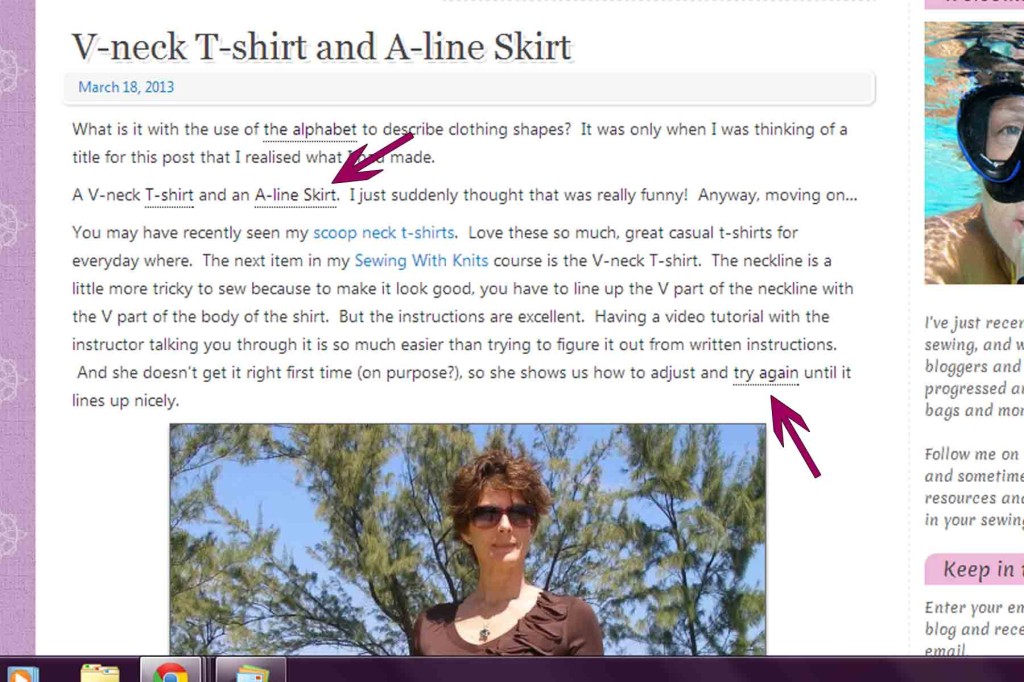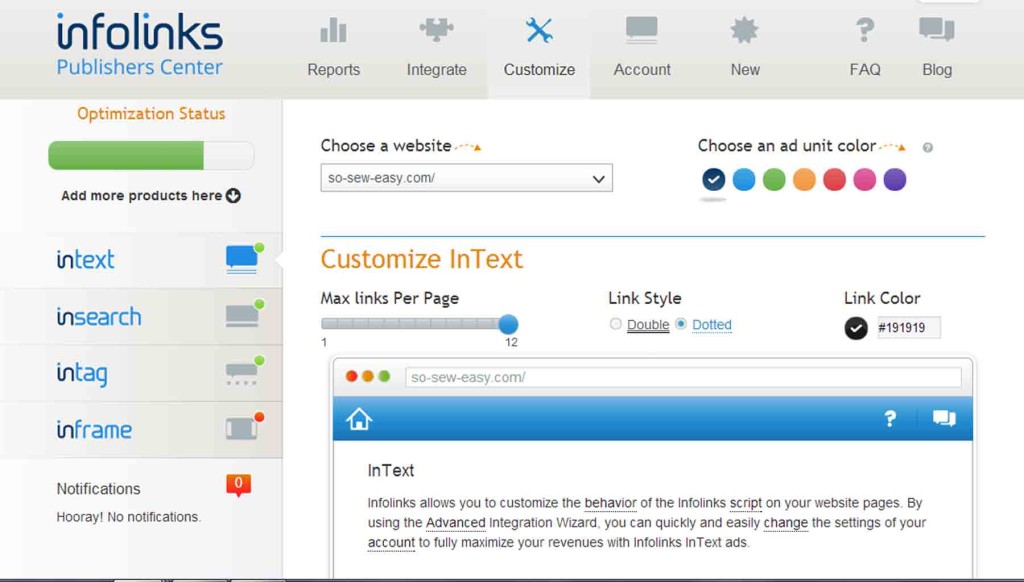1. Give visitors all the information they may need
This is a point which perhaps applies to ecommerce more than other sites.
Let’s take an example from the travel sector. If you’re researching hotels to stay in, then the obvious destination for many web users is TripAdvisor.
There they can find (in theory) impartial views on the hotel which cut through the sales pitch on the hotel or travel agent’s website. However, once on TripAdvisor, they may be swayed by other hotels.
If you have reviews on site though, or have integrated TripAdvisor reviews on the page, then one reason to head elsewhere is removed.
Here, Best Western hotels show TripAdvisor reviews (good and bad) on hotel pages:

2. Avoid clickbait
Clickbait is commonplace now. In fact, it's hard to find a news publisher's site without this kind of garbage following articles.

If you're foolish enough to click one of these links you'll find yourself on some of the worst sites on the web, full of pop-ups, pagination and lots of attempts to trick you into clicking on ads. There's also the question of why publishers would want to send their audiences there, but thats an issue for another article.
Essentially, none of these posts are likely to deliver on the promise of the headline. The content needs to be relevant to the headline, or else people will bounce quickly.
I'm not against lists or using headlines to attract clicks, which is why this article has the headline it does. It's just that headlines have to deliver on their promises.
3. Avoid huge pop-ups and annoying ads
Serving users with a huge pop-up as soon as they enter the site is a great way to make them hit the back button.
Likewise, intrusive rollover ads and autoplay audio are what make web users turn to adblockers. It will make many others bounce as soon as they reach your site.
4. Use internal linking
I've written about the use of internal linking as an SEO tactic, but it performs an important role in keeping people on site for longer.
Providing users with links to other interesting articles which are relevant to the one which users are reading increases the likelihood that they'll hang around for longer, and reduces those bounce rates.
5. Be careful with external links
I'm all for giving credit when its due when it comes to links, but if you add external links early in a post and don't open them in a new window, you're essentially asking users to your site and inflate your bounce rates.
6. Do not use pagination
This could actually be posited as a way to reduce bounce rates, but I think the drawback of annoying users outweighs this particular aim.
People can scroll, so there's no need to paginate. The only reason I can think of is to falsely inflate page views.
This is a point which perhaps applies to ecommerce more than other sites.
Let’s take an example from the travel sector. If you’re researching hotels to stay in, then the obvious destination for many web users is TripAdvisor.
There they can find (in theory) impartial views on the hotel which cut through the sales pitch on the hotel or travel agent’s website. However, once on TripAdvisor, they may be swayed by other hotels.
If you have reviews on site though, or have integrated TripAdvisor reviews on the page, then one reason to head elsewhere is removed.
Here, Best Western hotels show TripAdvisor reviews (good and bad) on hotel pages:

2. Avoid clickbait
Clickbait is commonplace now. In fact, it's hard to find a news publisher's site without this kind of garbage following articles.

If you're foolish enough to click one of these links you'll find yourself on some of the worst sites on the web, full of pop-ups, pagination and lots of attempts to trick you into clicking on ads. There's also the question of why publishers would want to send their audiences there, but thats an issue for another article.
Essentially, none of these posts are likely to deliver on the promise of the headline. The content needs to be relevant to the headline, or else people will bounce quickly.
I'm not against lists or using headlines to attract clicks, which is why this article has the headline it does. It's just that headlines have to deliver on their promises.
3. Avoid huge pop-ups and annoying ads
Serving users with a huge pop-up as soon as they enter the site is a great way to make them hit the back button.
Likewise, intrusive rollover ads and autoplay audio are what make web users turn to adblockers. It will make many others bounce as soon as they reach your site.
4. Use internal linking
I've written about the use of internal linking as an SEO tactic, but it performs an important role in keeping people on site for longer.
Providing users with links to other interesting articles which are relevant to the one which users are reading increases the likelihood that they'll hang around for longer, and reduces those bounce rates.
5. Be careful with external links
I'm all for giving credit when its due when it comes to links, but if you add external links early in a post and don't open them in a new window, you're essentially asking users to your site and inflate your bounce rates.
6. Do not use pagination
This could actually be posited as a way to reduce bounce rates, but I think the drawback of annoying users outweighs this particular aim.
People can scroll, so there's no need to paginate. The only reason I can think of is to falsely inflate page views.







.png)

















